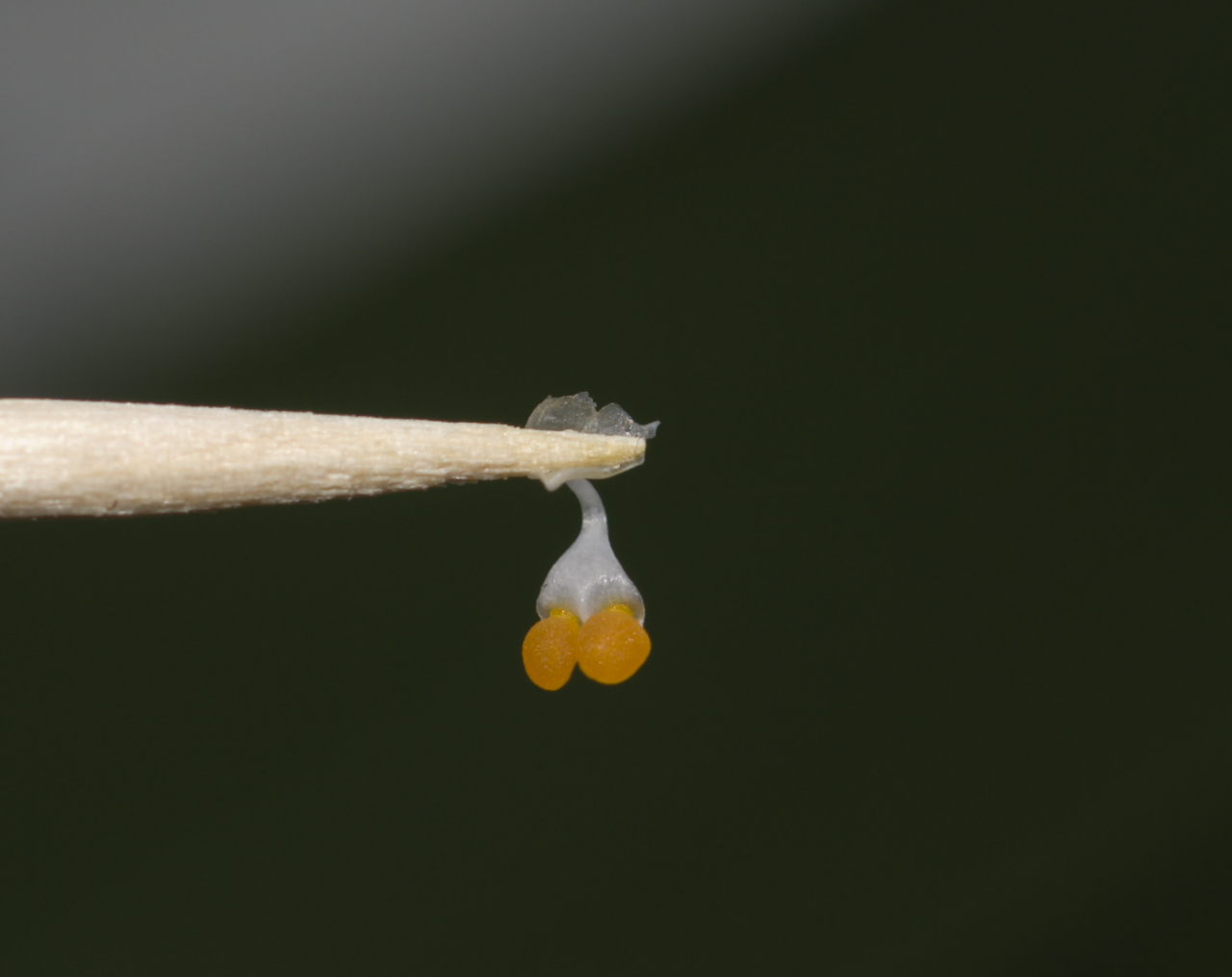artificial pollination on:
[Wikipedia]
[Google]
[Amazon]
Hand pollination, also known as mechanical pollination is a technique that can be used to pollinate plants when natural or
 This method of pollination is done by manually transferring pollen from the
This method of pollination is done by manually transferring pollen from the
Method for hand-pollinating zucchini (courgette)
{{DEFAULTSORT:Hand Pollination Pollination
open pollination
"Open pollination" and "open pollinated" refer to a variety of concepts in the context of the sexual reproduction of plants. Generally speaking, the term refers to plants pollinated naturally by birds, insects, wind, or human hands.
True-breedi ...
is either undesirable or insufficient.
Method
 This method of pollination is done by manually transferring pollen from the
This method of pollination is done by manually transferring pollen from the stamen
The stamen (plural ''stamina'' or ''stamens'') is the pollen-producing reproductive organ of a flower. Collectively the stamens form the androecium., p. 10
Morphology and terminology
A stamen typically consists of a stalk called the filam ...
of one plant to the pistil
Gynoecium (; ) is most commonly used as a collective term for the parts of a flower that produce ovules and ultimately develop into the fruit and seeds. The gynoecium is the innermost whorl of a flower; it consists of (one or more) '' pis ...
of another. The plant the pollen is taken from is called the pollen donor or pollen parent, while the plant receiving the pollen is the seed parent. Hand-pollination is often done with a cotton swab or small brush, but can also be done by removing the petals from a male flower and brushing it against the stigmas of female flowers, or by simply shaking flowers in the case of bisexual flowers
Plant reproductive morphology is the study of the physical form and structure (the morphology) of those parts of plants directly or indirectly concerned with sexual reproduction.
Among all living organisms, flowers, which are the reproductive st ...
, such as tomatoes. A special case are plants where the pollen are condensed in a mass called the pollinium A pollinium (plural pollinia) is a coherent mass of pollen grains in a plant that are the product of only one anther, but are transferred, during pollination, as a single unit. This is regularly seen in plants such as orchids and many species of m ...
, such as in orchids
Orchids are plants that belong to the family Orchidaceae (), a diverse and widespread group of flowering plants with blooms that are often colourful and fragrant.
Along with the Asteraceae, they are one of the two largest families of flowering ...
. In this case a small utensil is used to which the pollinia will stick.
Reasons
Common reasons for choosing this method include the lack of pollinators, keeping control of cross-pollination between varieties grown together, and creating specific hybrids. Examples of this arevanilla
Vanilla is a spice derived from orchids of the genus ''Vanilla (genus), Vanilla'', primarily obtained from pods of the Mexican species, flat-leaved vanilla (''Vanilla planifolia, V. planifolia'').
Pollination is required to make the p ...
plants, which are transported to areas where its natural pollinator doesn't exist, or plants grown in greenhouses, urban area
An urban area, built-up area or urban agglomeration is a human settlement with a high population density and infrastructure of built environment. Urban areas are created through urbanization and are categorized by urban morphology as cities, ...
s, or with a cover to control pests, where natural pollinators cannot reach them. Pollinator decline
Pollinator decline is the reduction in abundance of insect and other animal pollinators in many ecosystems worldwide that began being recorded at the end of the 20th century. Multiple lines of evidence exist for the reduction of wild pollinator ...
and the concentrated pollination needs of monoculture
In agriculture, monoculture is the practice of growing one crop species in a field at a time. Monoculture is widely used in intensive farming and in organic farming: both a 1,000-hectare/acre cornfield and a 10-ha/acre field of organic kale a ...
can also be a factor.
However, these are not the only reasons, and variable techniques for hand-pollination have arisen for many specialty crops. For instance, hand-pollination is used with date palm
''Phoenix dactylifera'', commonly known as date or date palm, is a flowering plant species in the palm family, Arecaceae, cultivated for its edible sweet fruit called dates. The species is widely cultivated across northern Africa, the Middle Ea ...
s to avoid wasting space and energy growing sufficient male plants for adequate natural pollination. Because of the level of labor involved, hand-pollination is only an option on a small scale, used chiefly by small market gardeners and owners of individual plants. On large-scale operations, such as field crops, orchards, or commercial seed production, honeybee
A honey bee (also spelled honeybee) is a eusocial flying insect within the genus ''Apis'' of the bee clade, all native to Afro-Eurasia. After bees spread naturally throughout Africa and Eurasia, humans became responsible for the current cos ...
s or other pollinators are a more efficient approach to pollination management
Pollination management is the horticultural practices that accomplish or enhance pollination of a crop, to improve yield or quality, by understanding of the particular crop's pollination needs, and by knowledgeable management of pollenizers, ...
.
Despite this, hand-pollination is a fairly widespread practice. Pears grown in Hanyuan County
Hanyuan County () is a county of Sichuan Province
Sichuan (; zh, c=, labels=no, ; zh, p=Sìchuān; alternatively romanized as Szechuan or Szechwan; formerly also referred to as "West China" or "Western China" by Protestant missions) is ...
, China have been hand-pollinated since the 1980s, because they can't be pollinated with other varieties that have different flowering times; also, lice infestation requires the use of many insecticide sprays, which causes local beekeepers to refuse to lend beehives.
See also
* RoboBee * Materially Engineered Artificial PollinatorsReferences
External links
Method for hand-pollinating zucchini (courgette)
{{DEFAULTSORT:Hand Pollination Pollination